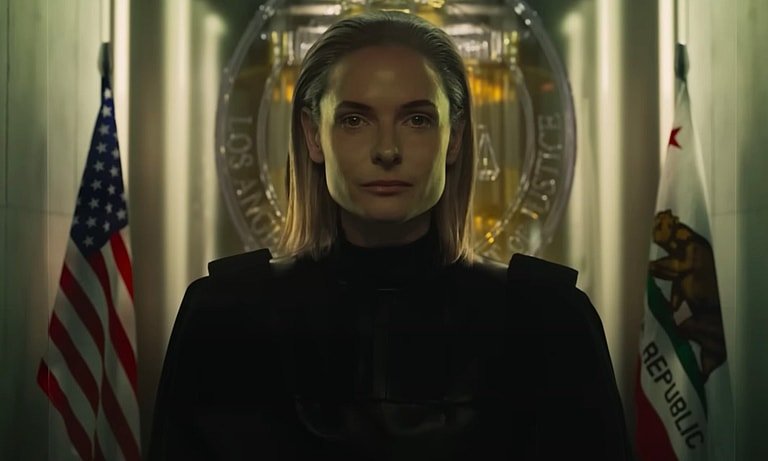Tesla
/Tesla, directed by Michael Almereyda and opening in theatres and on demand August 21, is a highly unusual take on the biopic format whose trailer has a musical score to match.
Strikingly, at 0:10 we hear (and see) thunder as the first sound of the trailer; this is followed at 0:15 with the distinctive sound of a Tesla coil. A minor hint of the aesthetics to come later in the trailer is provided by the neon sign (and attendant crackling sound) of the studio logo for IFC Films. Though at 0:18 we seem to be getting a soundtrack congruous with Tesla’s era in the sound of simply resonating strings, this is interrupted at 0:23 with a split second of synth in sync with a flashing montage of patents, which occurs again with the sound of crackling electricity at 0:28. We also see and hear references to modern computing, a sign that at least part of the film is taken from the vantage point of the present day.
This idea of a clean separation between the story world of Tesla’s day and the present day does not last long, however. At 1:22 we hear the first faint strains of a synthesizer bass sequence that is highly reminiscent of those made famous by Giorgio Moroder (and later, by acts like Daft Punk). This music arrives at full bore for the second half of the trailer, and just as a pull-quote title card claims that the film “wildly reinvents the biopic”, we see Tesla casually using a smartphone at 1:45, causing one to reconsider exactly what the rules are for the story world of this biopic.
The theme here appears to be to consider Tesla as much as a person as he is the progenitor of a fundamentally different way of living. As a result, the infusion of 80s aesthetics is obviously not a decision of historical accuracy, but rather as a representation of just how forward-thinking he was. There’s no denying it’s a bold choice to see twenty-first century technologies slotted into an otherwise 1880s scenario as the synthwave music ethereally floats beneath. This aural theme works its way into other aspects of the trailer as well—the neon lights that encompass critics’ pull-quotes playfully crackle to life between various soundless scenes from the film. Pitting this wordless, soundless visual directly against the soundtrack underscores the boldness of this decision. Note also at 1:56 the subtle but definite synch point—coinciding of music and image—between the explosions in the historical footage with drum fill.
The obvious connection between the electricity Tesla ushered in and what musicians and engineers would eventually do with it is made even more clear in the edit around 2:08, as we hear a Tesla coil powering on, and this segues as part of an audio bridge to the main title card and the resurgence of the synth theme. The music invites us to simultaneously understand through music and sound the extent of Tesla’s influence, be excited about it, and intuitively realize through the sounds of the 1980s that the 1880s were not so far away, and ought to be reconsidered from a fresh perspective. In other words, by choosing to explicitly incorporate anachronistic elements, the audience is challenged to think about Tesla’s time for what it really was by working to tease out the disparate elements.
Earlier in the trailer, a female narrator notes that there are “basically just four pictures [of Tesla via a Google search]—beyond that, things just get more murky and imaginative.” This fact seems to be taken as an invitation on the part of the trailer editor to get a little more murky and imaginative, and he does so with intriguing results. Whether you consider Stranger Things, the upcoming Wonder Woman 1984, or many others, there is no denying that there is a popular appeal for all things 80s. In this case, it looks and sounds like an aesthetic conceit that invites the audioviewer to consider Tesla less as a figure etched in history and more in terms of how he invited himself and others to dream in possibilities—by creating a trailer of an equally dream-like quality, with a soundtrack that plays a fundamental role in shaping this perception.
— Curtis Perry







